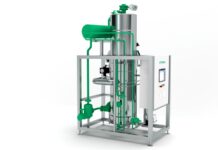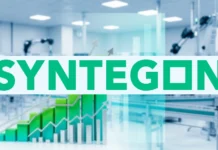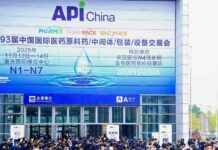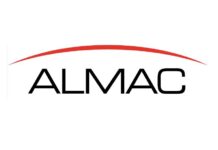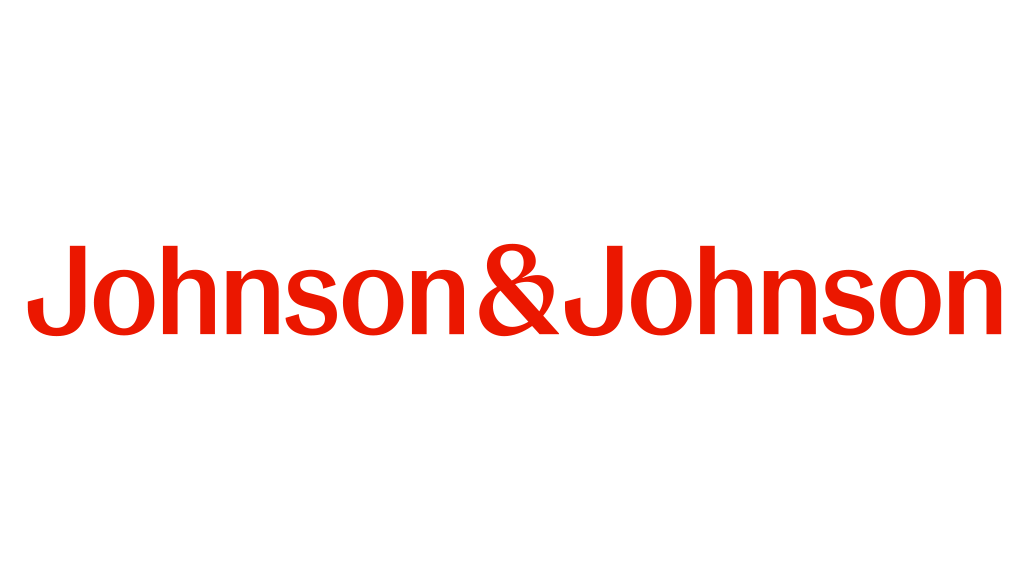As the two Trump administration drug pricing deals find their place in the books and more that are likely on the way, the U.S. policy environment can very well soon stabilize for many Big Pharma companies. All this puts Johnson & Johnson in a very interesting position, as the drugmaker went ahead and led the vanguard on the third-quarter earnings of the industry but has yet to strike a formal pricing accord along with the government.
Still, the comments from the chief executive of J&J happen to suggest that the company is largely aligned with the policy goals of President Donald Trump on medicine costs as well as manufacturing and that a favorable agreement resembling those that are struck by Pfizer as well as AstraZeneca could very well be on the horizon.
Joaquin Duato, the CEO of J&J, said, “We’ve been talking with this administration with an open dialogue since day one—even before day one,”
He added, “We are always looking, as we have done at Johnson & Johnson, for common ground to build [on] the administration priorities that are similar to ours, priorities like making sure that American patients have access to innovation in an affordable and timely way; priorities like making sure that foreign entities do not free ride on American innovation; making sure that we are able to maintain the overall leadership that this country has in life sciences; and finally, making sure that we continue to invest in manufacturing in this country to build good middle class jobs.”
Duato went on to stress that J&J is indeed committed to delivering on each of such aims, which echo numerous talking points that the administration went on to lay out this summer when it pressed 17 large drugmakers to go ahead and embrace the most favored nation (MFN) approach by Trump to drug pricing as well as sales.
J&J, to be in sync with the Trump Administration and the framework, looks forward to aligning the prices of branded drugs throughout the U.S. to the costs in developed countries across the world. The President, apparently, has also made direct-to-consumer sales channels and also tougher negotiations on drug prices in foreign countries.
It is well to be noted that this strategy has so far yielded deals with AstraZeneca as well as Pfizer, with administration officials teasing that there are more agreements that are on the way. By making the MFN commitments, Pfizer as well as AZ have also won the timed exemptions from yet another key facet of the industry policy of Trump, and that’s tariffs.
Duato said that conversations between J&J as well as the administration are still ongoing, thereby noting that he could not share the details but is “optimistic that we are going to land in a place which is going to create common ground between the administration and ourselves.”
Over the latest three-month earnings period, J&J went on to deliver a sales growth of almost 6.8% to $24 billion.
Especially, 11 of the novel drugs from J&J had double-digit growth in Q3, the EVP and worldwide chairman of innovative medicine of the company, Jennifer Taubert, said at the earnings call. As for the previous quarters, Taubert was specifically quite enthusiastic about Tremfya, which is Stelara’s successor at J&J that grew revenue over 40% to $1.4 billion from July 2025 through September 2025.
That roster of double-digit performers, which also happens to include medicines such as Erleada, Spravato, Darzalex, and Carvykti, is anticipated to be the growth drivers of J&J all across the rest of the decade, explained Taubert.
Taubert, apart from this, also touched on the latest approval of J&J – Inlezxo in the drug-releasing system when it comes to bladder cancer, from the FDA in early September 2025.
J&J’s Inlexzo field team happens to be out in full launch mode, said Taubert, stressing J&J’s confidence that the bladder cancer product happens to represent a $5 billion-plus asset for the company.
The fact is that the drug has already generated excitement in doctors, Taubert said, therefore noting that it was indeed designed by urologists for the urologists.
With much of the attention on the present crop of branded drugs, J&J looks forward to focusing most of its financial firepower internally, said the executives. Especially, they hit back against the idea that J&J happens to be in the market for a large-scale acquisition.
J&J’s chief financial officer, Joe Wolk, said, “We rely on a thoughtful, long-term approach to growing through any loss of exclusivity, and won’t carelessly deploy capital on speculative transactions out of desperation, Our current portfolio and pipeline have momentum, and with the Stelara loss of exclusivity increasingly in the rear view mirror, we do not need to rely on large transactions to drive our growth.”
Interestingly, Wolk’s comments came shortly after the reports surfaced that J&J is planning to buy out Protagonist Therapeutics, its immunology partner. A report coming from The Wall Street Journal recently noted that the deal may as well value Protagonist at over $4 billion.
Besides J&J being in sync with the Trump Administration, their performance over the quarter has lifted their revenue projection for the entire year. The company now anticipates reeling in 2025 sales between $93.5 billion and $93.9 billion, which is up from the previous range of $93.2 billion to $93.6 billion.










